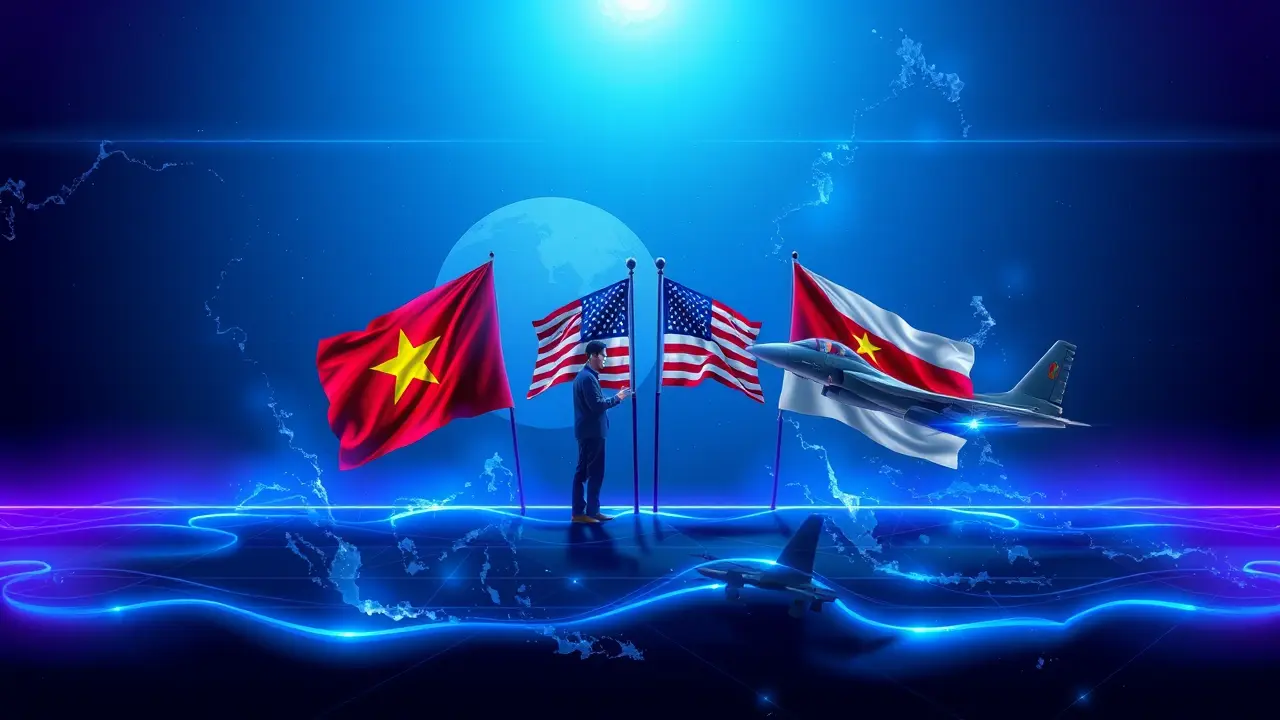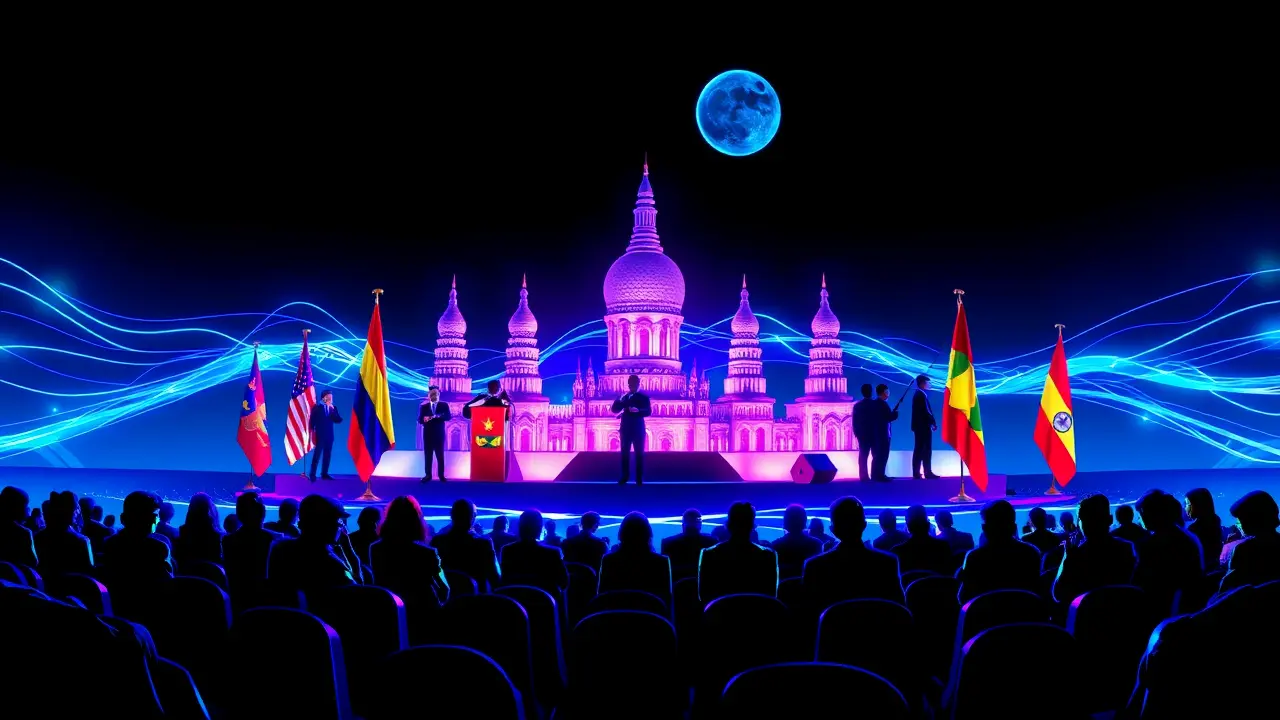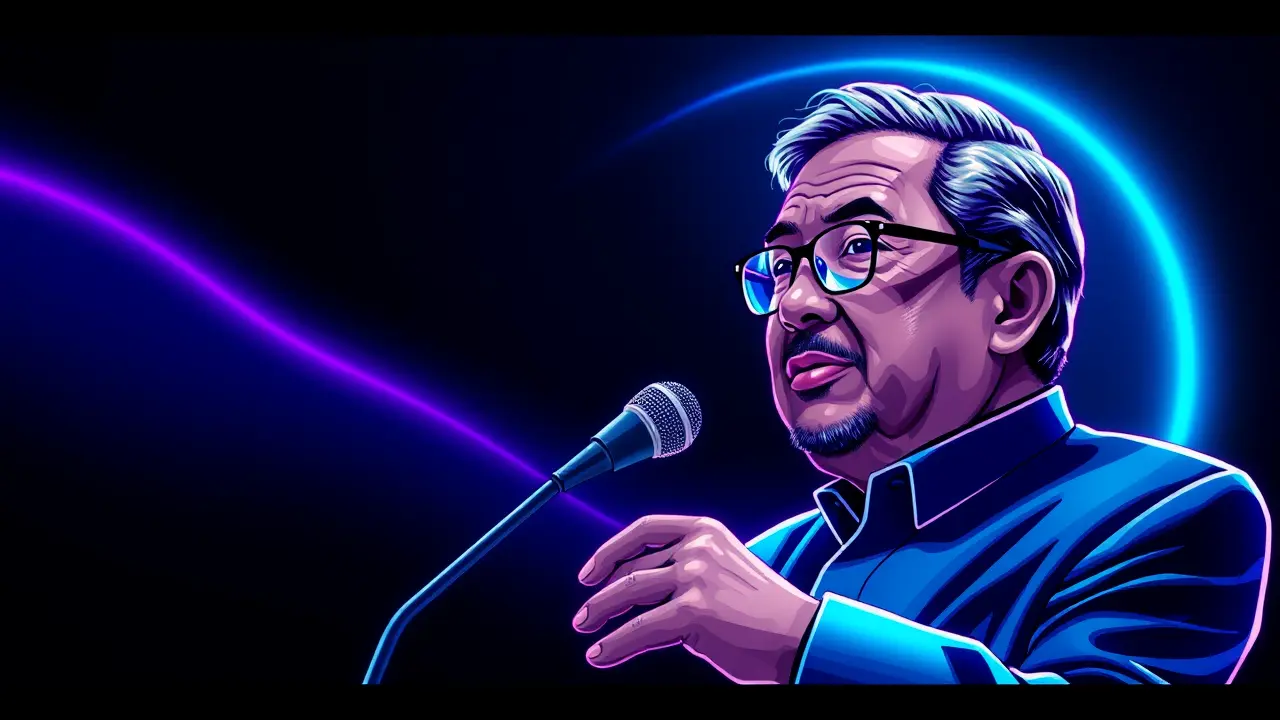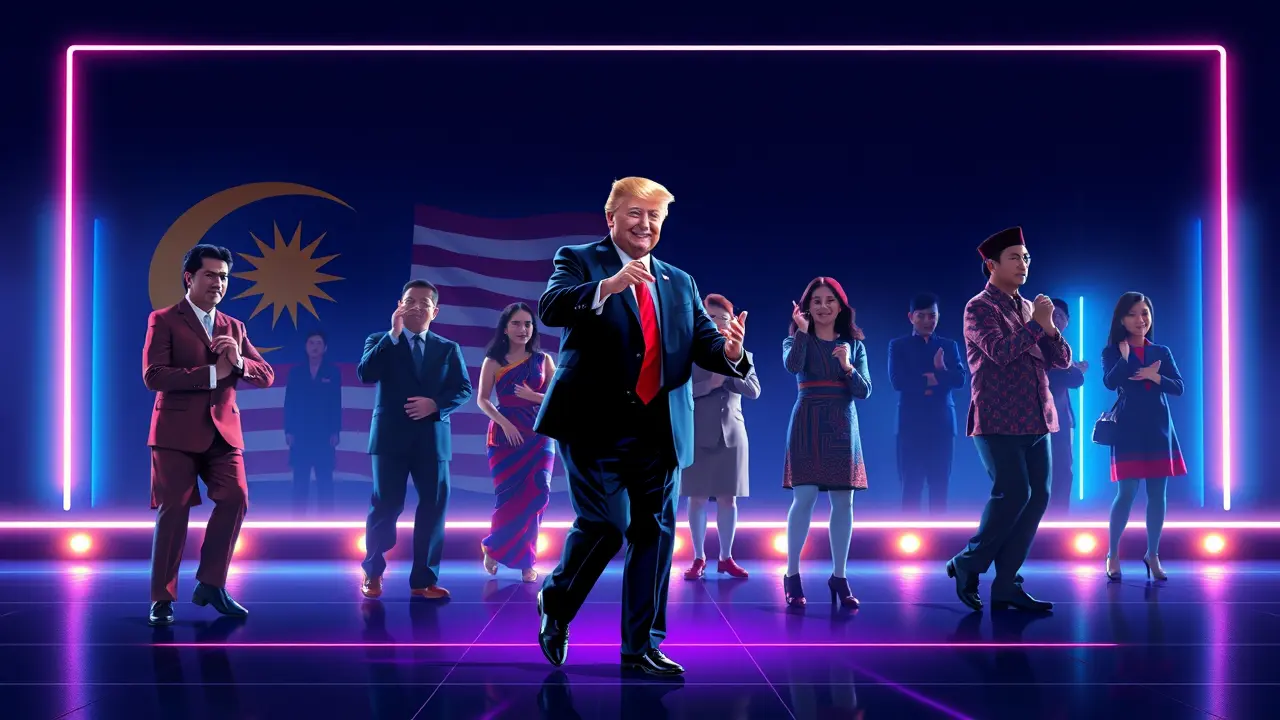
PoliticsdiplomacyBilateral Relations
Vietnam's Diplomatic Dance Between US, Russia, and China.
RO
Robert Hayes
5 hours ago7 min read
Half a century after the fall of Saigon, a complex diplomatic realignment is unfolding in Southeast Asia, with the United States and Vietnam cautiously edging toward a significant deepening of defence cooperation. This nascent partnership is fundamentally built upon a convergence of strategic anxieties about China’s expanding influence in the South China Sea and Washington’s calculated desire to wean Hanoi from its decades-long, deeply entrenched dependence on Russian military hardware.The recent two-day visit of US Defence Secretary Pete Hegseth to Hanoi serves as the latest tangible step in this delicate dance, with the Secretary declaring the establishment of stronger security ties a clear 'win-win' for both nations. This development, however, cannot be viewed in a vacuum; it is a modern chapter in a long and painful history.The legacy of the Vietnam War still casts a long shadow, making every step toward military collaboration a subject of intense scrutiny both domestically within Vietnam and across the wider Indo-Pacific region. For Hanoi, the calculus is one of precarious balance.Its foreign policy has long been guided by the 'Four No's' principle—no military alliances, no siding with one country against another, no foreign military bases, and no use of force in international relations. Engaging more deeply with the US, particularly in the sensitive realm of defence, tests the limits of this doctrine.The impetus is the stark reality of China's assertive claims over the Paracel and Spratly Islands, waters Vietnam considers its own. Yet, pivoting too sharply toward Washington risks provoking its northern neighbour and historical patron, a risk the ruling Communist Party weighs against the tangible benefits of access to advanced American technology and a potential counterweight to Chinese coercion.Concurrently, the US strategy is a clear component of its broader Indo-Pacific framework aimed at building a networked security architecture to contain Beijing’s ambitions. A key pillar of this effort is dismantling Russia’s role as Vietnam’s primary arms supplier, a relationship solidified during the Soviet era and sustained through the provision of spare parts, maintenance, and platforms like the Kilo-class submarines and Su-30 fighter jets.Replacing this pipeline with American or allied systems is a monumental task, fraught with challenges of interoperability, cost, and political will. Analysts suggest that while Hegseth’s visit signals progress, the path forward is littered with diplomatic tripwires.Vietnam will likely continue its multi-directional approach, maintaining its comprehensive strategic partnership with China and its traditional ties with Moscow even as it explores new options with Washington and other partners like India, Japan, and Australia. The ultimate success of this US-Vietnam rapprochement will depend not on grand declarations, but on Hanoi’s careful navigation of this geopolitical tightrope, ensuring its hard-won autonomy is not sacrificed in the new great game unfolding across the Pacific.
#Vietnam
#United States
#China
#Russia
#defense cooperation
#arms sales
#diplomacy
#strategic balance
#featured
Stay Informed. Act Smarter.
Get weekly highlights, major headlines, and expert insights — then put your knowledge to work in our live prediction markets.
Related News
© 2025 Outpoll Service LTD. All rights reserved.














